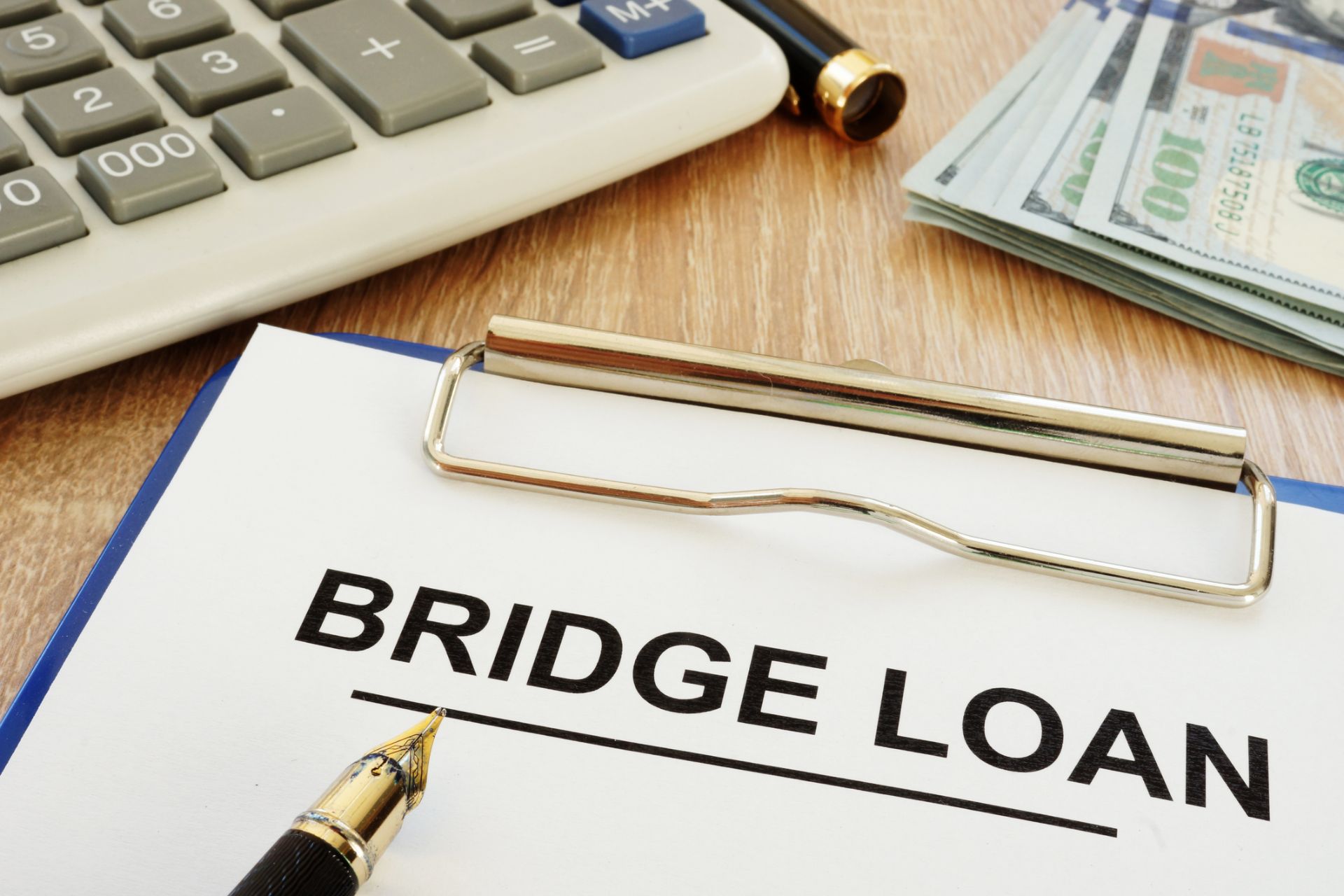Do you want to get financing to buy a new home but have yet to sell your current house? There’s a simple solution for that: bridge loans. It’s so simple that it’s quite common among buyers who haven’t sold their existing residence but want to make a move on their new dream homes.
But like everything in life, there are pros and cons to real estate bridge loans. Let’s go through them to see if this type of financing works for you and your real estate goals
But first: What’s a bridge loan?
A bridge loan is a short-term substitute for long-term financing. Its main goal is to provide immediate cash in the hour of need. In real estate transactions, people get bridge loans to “bridge the gap” between their existing house and their new home. That’s the one ultimate goal, but bridge loans come in different packages.
There are two common types.
The first type involves holding two mortgages simultaneously. Basically, the amount of the bridge loan will be the difference between your existing loan balance and up to 80 percent of the home’s value. This new loan will then be used as the down payment for your new home. You’ll keep your first mortgage until you sell your home.
Another common route is to turn both mortgages into one loan. In this scenario, you can borrow up to 80 percent of the home’s value and split it. One part of the funds will be used to cover the remaining balance in your existing loan, while the other part will be used as down payment for your new home.
Weighing the pros and cons
Getting a bridge loan gives you the opportunity of buying a new home even with baggage in the form of your existing property. Depending on your agreement with the lender, you might even be able to enjoy a couple of free months. Best of all, you can make a contingency-free offer on your dream home.
Bridging the gap, however, can be relatively more expensive than a regular home equity loan. Bridge loans come with higher interest rates and extra payments. And since a bridge loan is a short-term loan, you need to be able to pay it within a year. This can create a stressful situation especially if your existing home takes longer to sell than expected.
Another drawback to bridge loans is that qualification requirements are strict. Instead of qualifying for just one home, you should qualify for two. Your existing residence should already have built a lot of equity.
Finally, bridge loans aren’t as common as other types of financing. You might have to conduct an extensive search to find lenders that offer bridge loans for home purchase. To get you started, Compass has bridge loan services you might want to consider.
Thinking if you should get a bridge loan?
Let’s talk about it. Get in touch with me, Tina Epstein, at 917.364.1070 or tina(dotted)epstein(at)compass(dotted)com to figure out how bridge loans can help you advance one and get step closer to your real estate goal in Brooklyn.


